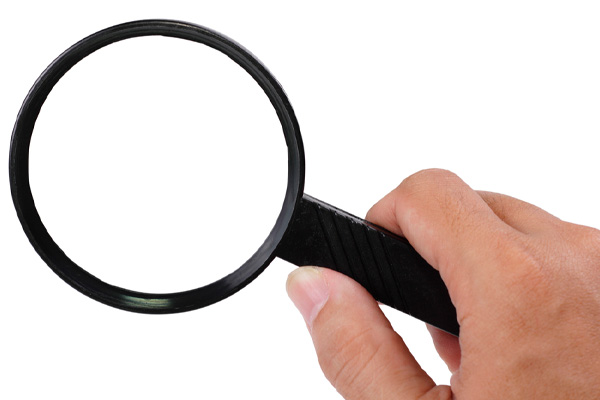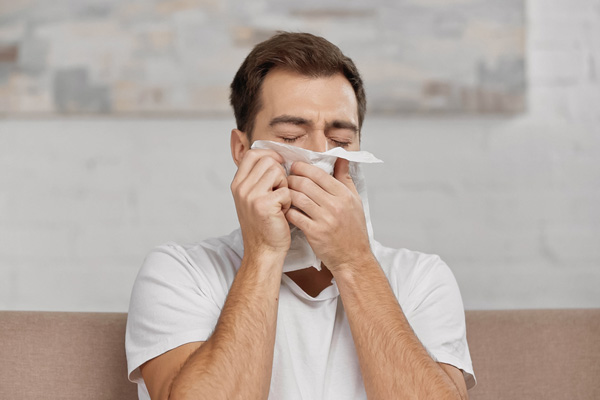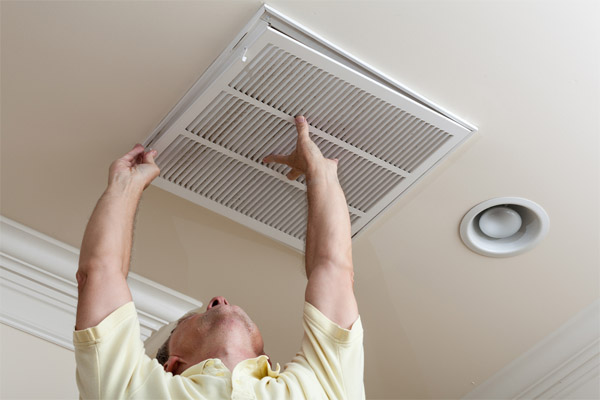Identifying Poor Indoor Air Quality In Your Home
 Air pollution can take your breath away, literally. When smog levels rise, people tend to shy away from engaging in outdoor activities. This approach may seem safe, but it’s not always a foolproof plan. The air inside your home, unfortunately, can be equally or even more contaminated than outdoor air. If you notice any persistent symptoms in your loved ones, act immediately. Below are some warning signs that indicate the quality of air in your home may be impacting your family’s health.
Air pollution can take your breath away, literally. When smog levels rise, people tend to shy away from engaging in outdoor activities. This approach may seem safe, but it’s not always a foolproof plan. The air inside your home, unfortunately, can be equally or even more contaminated than outdoor air. If you notice any persistent symptoms in your loved ones, act immediately. Below are some warning signs that indicate the quality of air in your home may be impacting your family’s health.
Signs of Poor Indoor Air Quality
Contents
Prolonged exposure to poor air quality can worsen symptoms and lead to various health problems. If you experience the following in your home, it’s time to act:
- Sneezing: Air pollutants can irritate your respiratory system and lead to frequent sneezing. While occasional sneezing is normal, if it persists, it’s a sign that the indoor air is affecting your health.
- Coughing: Inhaling polluted air can cause health problems. Experiencing frequent coughs may be a sign that your home’s indoor air is contaminated with harmful substances. The good news is that coughs can be treated by taking unprescribed medication.
- Illnesses: Dry indoor air can increase the spread of pathogens, making it easier for illnesses to spread. If you or your family members frequently suffer from colds, coughs, or flu-like symptoms, these could be due to poor indoor air quality. Maintaining proper humidity levels can improve air quality and reduce the spread of respiratory illnesses.
- Fatigue: Feeling tired or sluggish when inside your home can be a sign of exposure to toxic fumes. If you feel more alert and awake after spending time outside, this could be because your indoor air quality is poor. Sometimes, this could be due to gas leaks or improper ventilation. Consult an HVAC specialist to assess and address the issue.
- Headaches: Chemical exposure from household products such as cleaning agents, pesticides, pet waste, and strong odors from garbage can cause intense headaches. On the same note, high levels of indoor pollution can result in congestion and sinus headaches.
- Allergic Reactions: Seasonal allergies are often caused by outdoor environmental factors. However, if allergy symptoms persist inside your home, it may be due to poor indoor air quality. Regular cleaning and using antihistamines can help alleviate symptoms.
- Excessive Dust: It is important to regularly inspect the surfaces in your home for excessive dust buildup. Increased dust levels, particularly after renovations or other changes, can contribute to respiratory problems Therefore, check for dust levels on various surfaces.
The Benefits of Clean Indoor Air
Our health and well-being are greatly influenced by the environment we live in. Since we spend most of our time indoors, it’s crucial to ensure the air quality is good. Prolonged exposure to harmful pollutants in the air can have negative impacts on our health. On the other hand, by improving indoor air quality, we can maintain our health and comfort. High indoor air quality leads to a better quality of life, reduced risk of chronic health issues, and a decrease in respiratory problems. Installing air quality monitors and taking immediate action when needed can help maintain healthy indoor air.
Effective Ways To Enhance Indoor Air Quality
Don’t wait to take action if you recognize any of the signs mentioned earlier. Small changes can make a big impact. Here are a few of the best strategies to boost your indoor air quality:
1. Replace HVAC Filters Regularly
Air filters in HVAC systems can trap pollutants and maintain high indoor air quality. However, as they get clogged with dirt, they become less effective over time. Regularly replacing filters ensures good air flow while keeping the air inside your home clean. This practice can also increase the lifespan of your equipment, enhance energy efficiency, and improve system performance. Make sure to choose filters with high MERV ratings for the best air quality results.
2. Add A Whole House Air Filter
Particles come in different sizes, and sometimes HVAC filters may not catch the smallest ones. Installing a whole-house air filter can provide better protection against airborne irritants. Consult a professional HVAC contractor for recommendations on the system that would work best for your home.
3. Decrease Pollutant Sources
Identify the reasons for air contamination in your home and eliminate them as you find them. For instance, you can ask people to stop smoking inside and switch to non-toxic cleaning products. Consider purchasing solid wood furniture instead of composite wood, which often releases formaldehyde into the air.
4. Minimize Allergen Exposure
If you are prone to allergies, reduce the level of allergens in your home. You don’t need to give up your pets. Instead, simply brush and bathe them regularly. Use a vacuum cleaner to remove pet dander and dust around the house. To kill dust mites, wash beddings in hot water. Also, use soap when removing mold from tiles.
5. Bring in Fresh Air with Indoor Plants
Indoor plants can provide fresh air to your home while adding a relaxing visual touch. Unlike humans who inhale oxygen and exhale carbon dioxide, plants do the opposite. They absorb carbon dioxide and release oxygen into the environment. Plants like common ivy, peace lily, and dracaena are excellent options.
6. Control Indoor Moisture
Moist surfaces can lead to mold growth, release of VOCs, property damage, and respiratory issues. Fix any cracked pipes or leaky roofs to minimize moisture. Use a dehumidifier, open a window, or run an exhaust fan to improve ventilation in bathrooms and kitchens.
7. Keep Heating Systems Safe
Homes with fireplaces or wood-burning stoves can release carcinogens into the air. Gas-powered heating systems like furnaces are less harmful but still require monitoring for potential carbon monoxide leaks. Install CO detectors and schedule regular maintenance to ensure the cleanest air possible.
Conclusion
Don’t let your family suffer from stale and contaminated air! Take action and make the changes needed for better health and comfort. Start with some simple strategies and see the difference for yourself. And if you need a hand with more advanced solutions, call in the HVAC pros! It’s an investment in your well-being.
Call Townsend Energy For Superior HVAC Solutions

Townsend Energy guarantees the most competitive prices in the area. Our maintenance services will ensure that you are comfortable at home, boost your energy efficiency, and save you money on heating and cooling costs. And should we determine that your system is old and malfunctioned, we can recommend a different one that will be perfect for your home and still within your budget. All of our work is backed by a guarantee for your peace of mind. So why wait? Give us a call for a free, in-home estimate today!
Contact us now at (800) 722-4101 to find out more! Click the link to view our service area.



